Can a floating neutral generator shock you?
A deep dive into floating and bonded neutral generators
Good afternoon,
I have a random question for you reference floating neutral generators. I recently purchased a champion inverter generator for the purpose of off grid camping with an rv and powering some devices(tools and such) with it. Now I'm reading that I really shouldn't use this kind of generator(floating neutral) for my applications.
I haven't used it yet but prefer not to get killed. Will the bonded neutral plugs like the one you invented not only just turn my generator into a bonded neutral generator, but also help keep me from getting shocked? Or should I just go buy a different generator? Any advice is appreciated. Have a good week.
Brandon V.
Dear Brandon,
You are perfectly safe with a floating neutral generator. So take a deep breath and read this deep dive into generator bonding and grounding theory.
What are bonded neutral and floating neutral generators?
Many of you may have heard or read about “floating” and “bonded” neutral generators. While they sound obscure to many people, they are an important factor when hooking up your portable generator to your home or RV. So here goes!
Engage…
Strap in, everybody, and please keep your arms and legs inside the vehicle until the ride has stopped. This is going to be a bit of a brain-drainer for some of you, and simply a good review for others. Remember – no pain, no gain…
Don’t worry if you don’t understand all of it at first because this topic is sometimes confused even by licensed electricians and technicians. But I can assure you, this is exactly what’s in the National Electrical Code, for a lot of good reasons.
What’s the drift, scientist?
You might wonder, why are there two types of generators, floating versus bonded neutral generators? Well, it has to do with the safety standards of the National Electrical Code, Article 250, which requires that the neutral be bonded to ground at the first means of disconnect, to avoid induced transient voltages or currents.
Essentially, a floating neutral generator has one or two hot legs (depending if it’s a 2kW, 3kW or 7kW model), plus a neutral, and a ground.
2,000-watt generators
Typically the smaller 2kW class generators have a duplex 20-amp outlet, as shown here. Yes, it looks exactly like the outlet you have in your home, but it probably won’t be able to supply a full 20 amperes of current (but that’s another article entirely).
Note that in this picture there’s a green arrow pointing to the generator chassis ground which could require a grounding rod connection in some circumstances, but that’s when powering your RV or home. So don’t go pounding in ground rods while camping. You don’t know what’s buried a few feet down in the earth (like a natural gas pipe, electric wire or digital phone service).
3,000-watt generators
The 3kW class generators usually have a 120-volt, 3-wire twist-lock receptacle (an L5-30R) which requires you to use a twist-lock dogbone adapter of some sort.
However, some of these generators are listed as “RV Ready” and include a TT-30 RV outlet just like you see on any campground pedestal. Again, just because it has a 30-amp outlet doesn’t guarantee that it’s capable of providing a full 30 amps of current. Code does not require that.
5,000- to 7,000-watt generators
Finally, 5kW to 7kW portable generators typically have a 4-wire twist lock receptacle supplying 120/240 volts in a split-phase arrangement, exactly like your residential power.
Yes, you can plug your 120-volt RV into these generators as long as you use the proper dogbone adapter. And no, it won’t make enough amperage to “fully” power a 50-amp RV, which can require up to 12,000 watts. But for most of you, a single 7,000-watt generator would be more than adequate.
How do you know if it’s bonded?
Each of the above generators can have either a bonded neutral or a floating neutral, but there’s no way to tell by simply looking at the outlet style.
While most modern inverter generators have a floating neutral, and many contractor generators have a bonded neutral, you need to do a little research to be sure of what you have. I made a video showing you how to use a simple 3-light outlet tester to check if your particular generator has a bonded or unbonded neutral. Watch it by clicking HERE or the video picture.
What is a neutral bond?
Well, if you were to look inside of a modern residential service panel (please don’t do this unless you’re qualified), you will see that all the copper “ground” wires go to one bus bar, and all the while “neutral wires” go to another bus bar which is insulated from the metal box. And there should be a green G-N bonding screw going from the bus bar into the metal behind it. That’s the neutral bonding point.
The name is Bond… Neutral Bond…
This neutral bond provides the path for any fault currents due to a shore circuit anywhere in your RV (or home) electrical system. So if a bare hot wire in an extension cord were to touch something metal in your RV (like the frame), that neutral bond would create a huge current flow of up to a few hundred amperes. And that’s what makes a circuit breaker trip almost instantaneously.
Here’s a picture of one of my fault current experiments which shows a 180-amp short circuit that makes the 30-amp circuit breaker trip (what we call “clear the fault”) in around 15 milli-seconds (15/1000 of a second).
Without that neutral bond in place, the short-circuit may not create this fault current, and the breaker won’t trip.
There can be only “ONE”….
There’s a lot of reasons for having only one bond in any electrical distribution system, which are beyond the scope of this article. But know that a single neutral bond is a code requirement for a lot of good reasons. More on that in a future article.
Why won’t my EMS Protector turn on with a floating neutral generator?
Well, it assumes that because the ground and neutral conductors were not bonded together upstream in the service panel, that the ground wire must be broken.
That’s not the case with a floating neutral generator, and you just need to add a Neutral Ground bonding plug in any of the unused 20-amp outlets on the generator.
Note that this generator bonding plug must NEVER be used inside of your RV or residence as that would put the neutral ground bond in the wrong place. This only plugs into a floating neutral generator to properly bond it.See the link at the bottom for my article on how to use one.
What if I power my house with a bonded neutral generator?
Essentially, by using a “bonded” neutral generator to power your sticks-and-bricks home, the circuit would be, in fact, bonded twice: once at the generator and once again in your home’s breaker panel. That’s not safe or code compliant. That’s because the neutral currents would be shared by your ground conductors (technically called an EGC or Equipment Grounding Conductor), which creates some hazardous conditions. So, manufacturers came up with the “floating neutral” generator to power your home during an outage and to comply with standards.
Note: There are other ways to accomplish this compliance. However, to keep this simple, we will focus on how these two types of generators will affect RVers.
Let’s talk residential power…
To understand the idea behind this requirement, we must learn how a residential electricity system works. Here’s a schematic of how a campground service panel is connected to the transformer from the power company, but the bonding principles are the same for residential power.
In residential homes, electricity is provided by a utility or power company to a transformer near your residence. The power conductors from the utility are connected to the electrical panel installed in homes. The electrical panel distributes this power to each circuit within a home and this is typically where the neutral/ground bonding is located.
The electric panel (also called a load center or service panel) distributes electricity to different circuits within a home or a building. It contains separate circuit breakers for each circuit, often enclosed in a metal enclosure.
All the neutral conductors are grounded at a single common point. To transfer the load from the home electrical panel to a generator, a transfer switch is typically used. The transfer switch always transfers (disconnects from the home electrical panel and connects to the generator’s terminal) the live/hot wire. So, only the neutral wire stays in question.
As per NEC standards, we cannot ground the neutral in more than one location. Since the generator already contains a neutral bonded to the ground, the transfer switch must transfer the neutral from the home electrical panel to the generator’s neutral terminal. In a bonded neutral generator, the neutral is bonded to the generator’s frame.
What if I use a floating neutral generator to power my RV?
In a floating neutral generator, the neutral is not bonded to the generator’s frame. And inside of an RV electric panel, there is no neutral/ground bond. This is all according to NEC and RVIA code for a lot of good reasons we will discuss in a later article.
The grounding pin of the generator’s onboard receptacle is connected to the floating neutral generator’s frame. So, when using a floating neutral generator to power an RV, if a short circuit develops between the hot wire and RV chassis, there is no return path for the fault current to trip the generator circuit breaker.
The fault current is simply sent to the generator’s frame instead of tripping the breaker. Adding a ground rod to a floating neutral generator will just send the fault current into the earth, again not clearing the fault. However, it could also create dangerous step voltages.
By providing an N/G bond at the generator, this corrects the problem. A simple bonding-type plug would work. The fault current now has a path to clear by tripping the generator’s over-current protection device.
Let’s follow that path …
A fault occurs and sends current into RV chassis/frame.
The RV’s frame and green wire in the power cord is (or should be) connected to a ground bar in the RV.
The fault current travels through that green wire (EGC) back to the frame of the generator which, via the bond plug, is now connected to the generator’s neutral.
The causes the circuit breaker (Over Current Protection Device) to quickly trip (clear), which is exactly what you want it to do.
Note: some generator manufacturers will provide a GFCI receptacle that trips at 5mA of fault current.
(Mike Sokol note: An unbonded generator is somewhat like the ungrounded receptacles used in homes until the ’60s. No way to clear a short circuit between an appliance and a hot conductor. But nowadays the safety ground wire is there to protect you from shock, and it depends on the neutral-ground bond to do its job.
Summary of bonded and floating neutral generators
That’s a wrap…
There are significant differences between bonded neutral and floating neutral generators, and their respective applications may differ. It is worth noting that it is normally possible to convert a floating neutral generator to a bonded neutral generator by using a temporary Neutral-Bonding plug as seen in my article HERE.
However, you should never try to modify a generator internally on your own. It is not only dangerous but will also void the manufacturer’s warranty.
Let’s play safe out there…. Mike






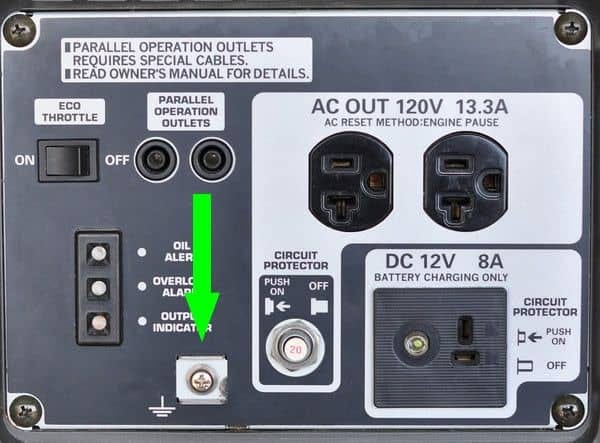
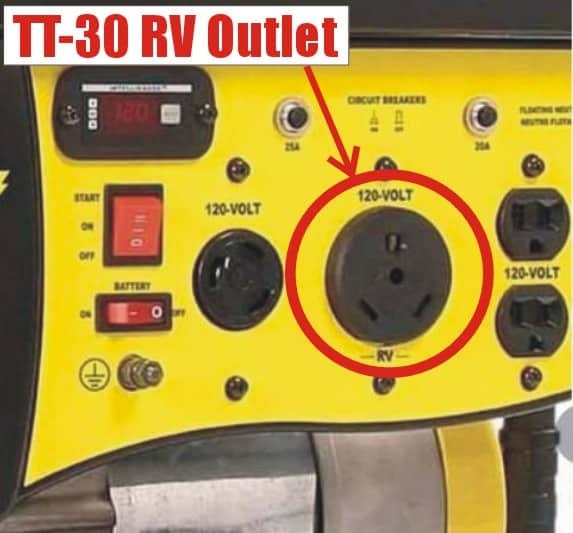
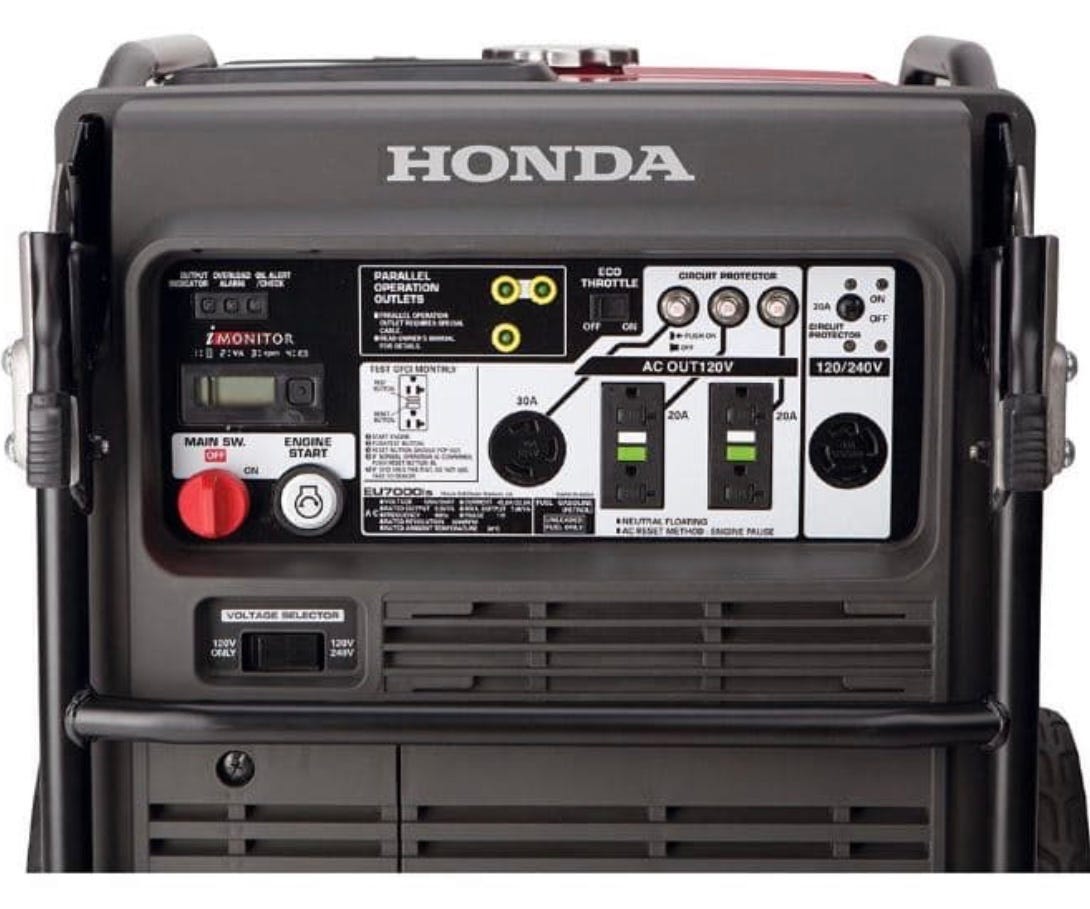
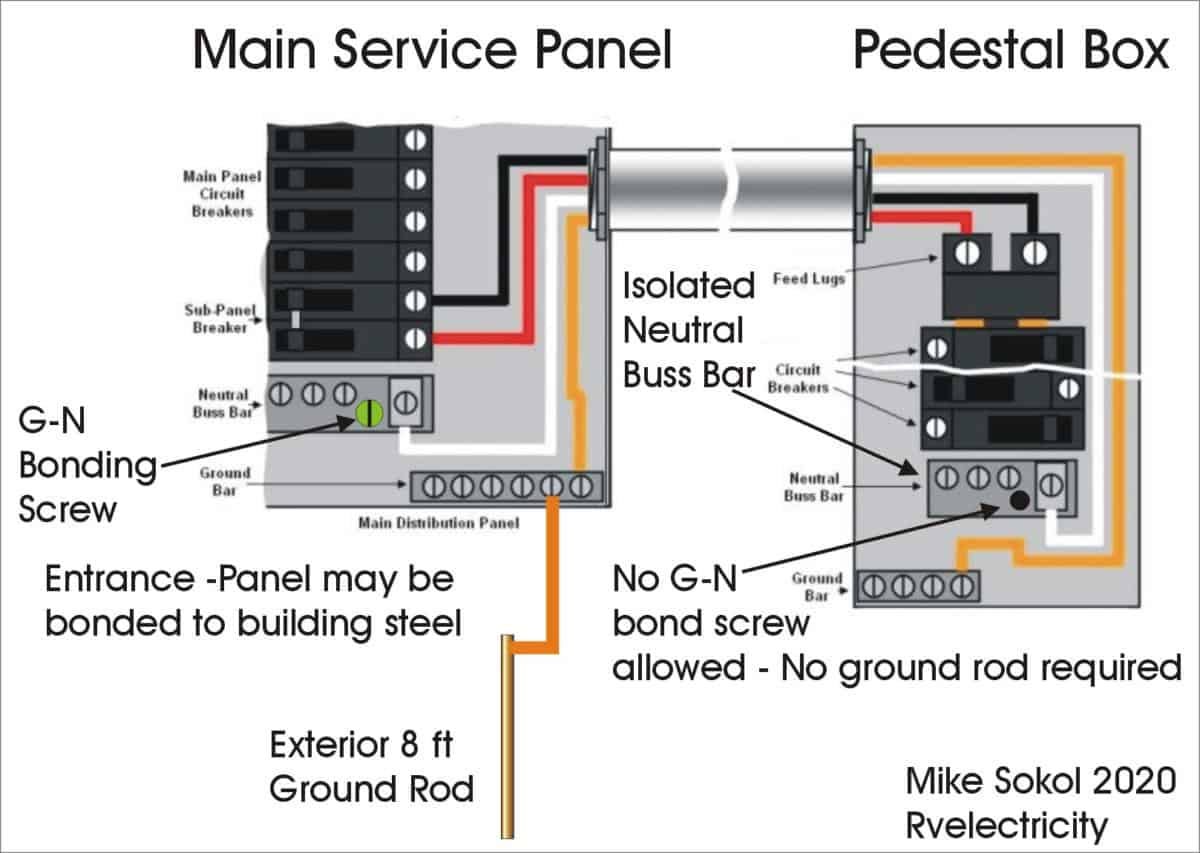

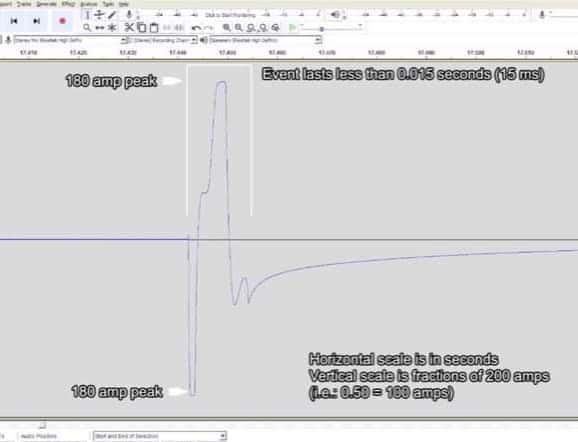
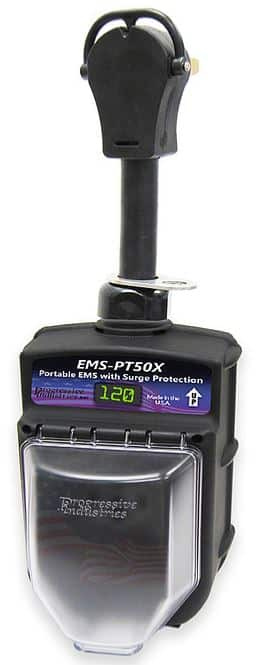
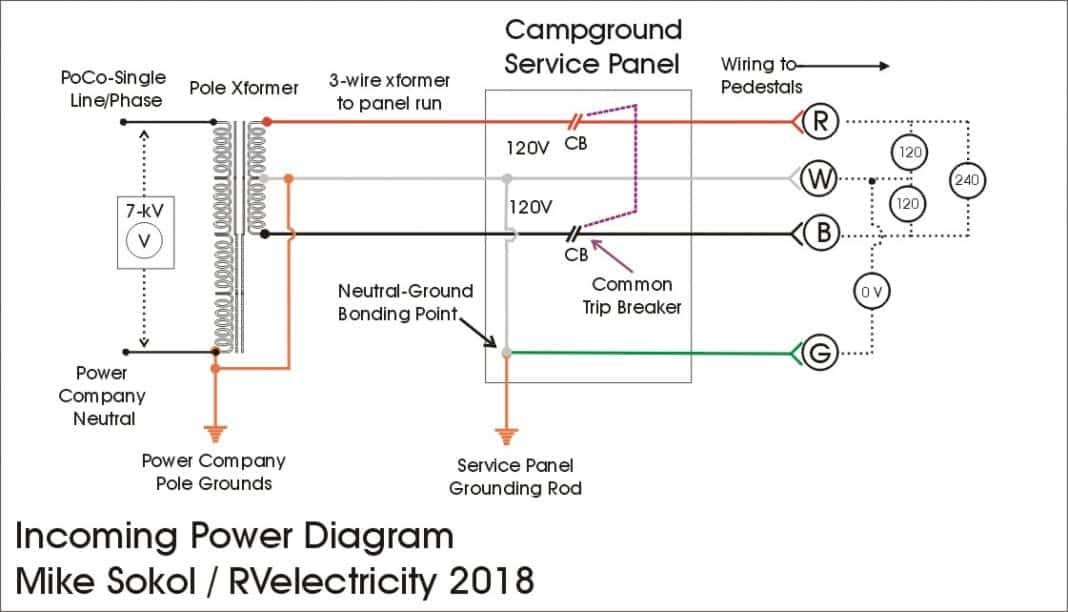
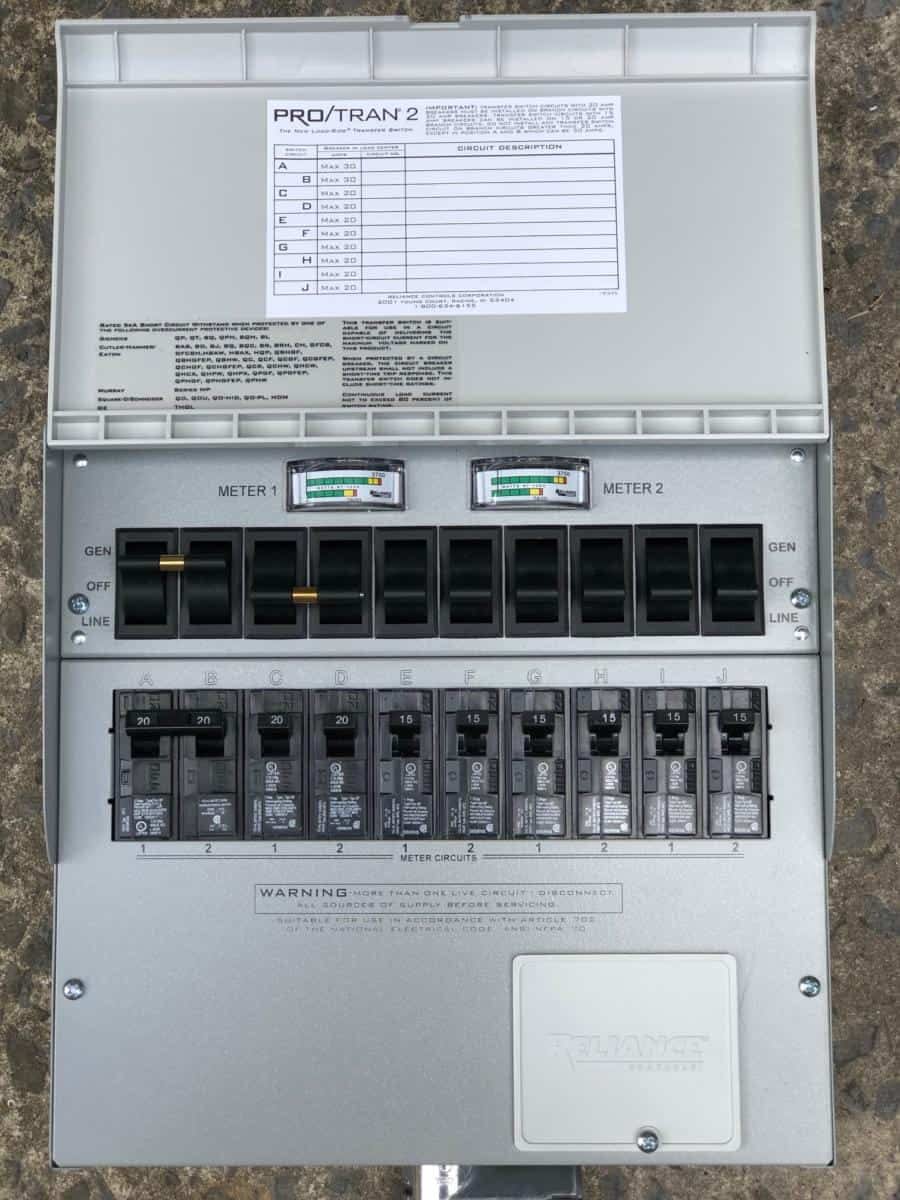
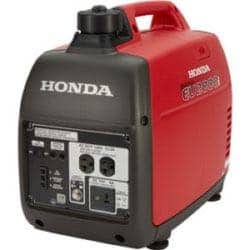
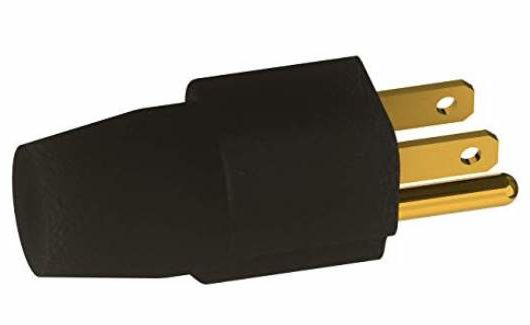
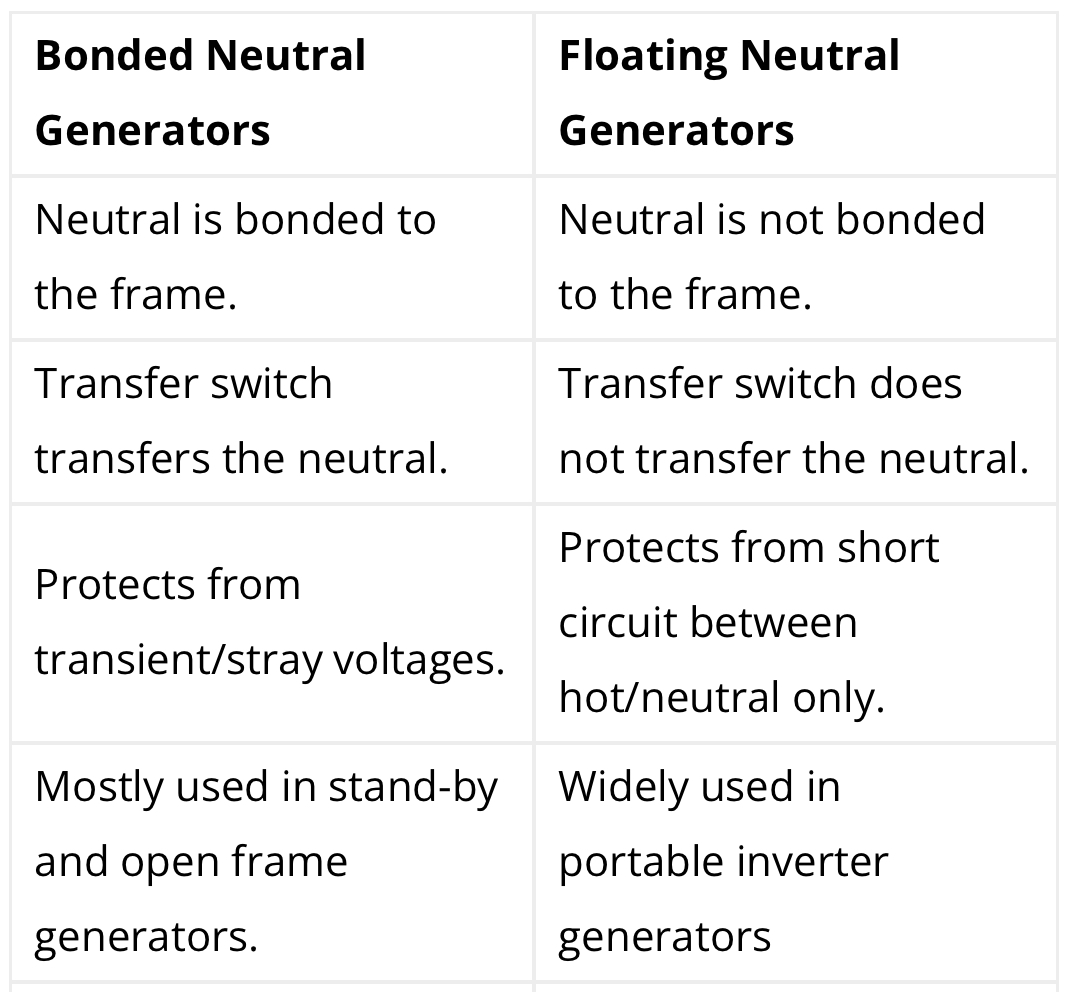

There’s a video in this article showing you how to test for floating neutral using a 3-light outlet tester.
It’s a Houghton a/c from Rec Pro. The soft start is built into the unit. Upon startup, I can use my app to watch the amp and watt draw. It’s not pulling more than 1500 watts. Actually only about 1200. It never pulls more than 14.4amps.
I called Champion support, and they are the ones who told me it was due to the floating neutral. The a/c is connected through a 15 amp breaker. I never have a problem with the popping the breaker.
At Home Depot right now buying a tester, like you showed on your video.